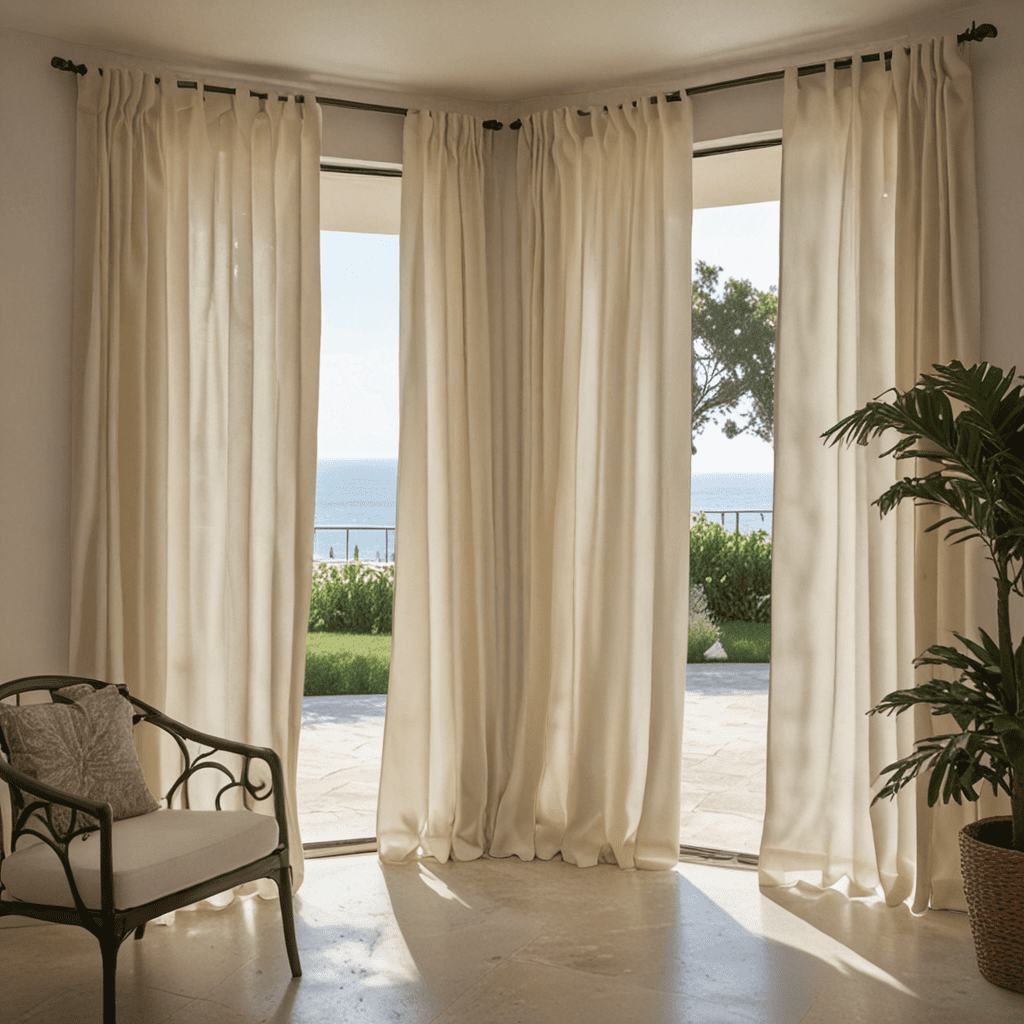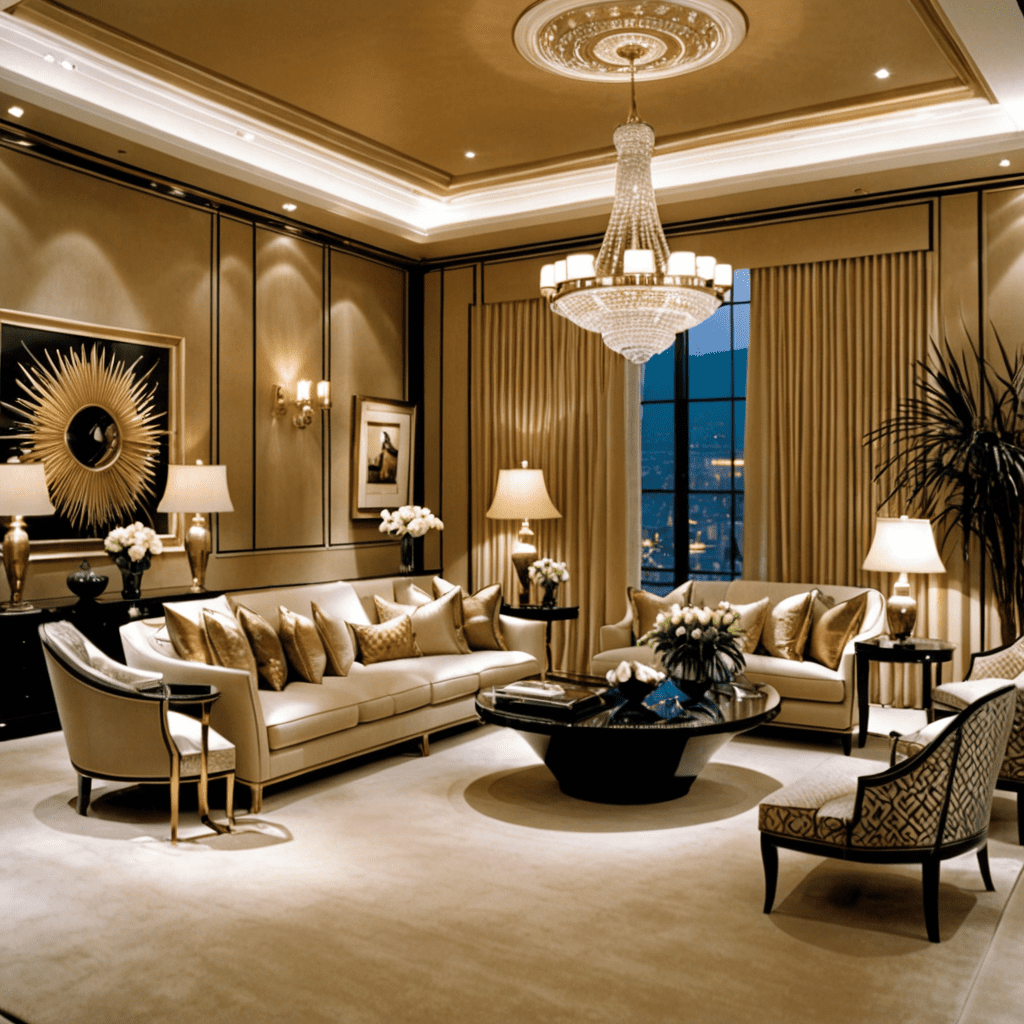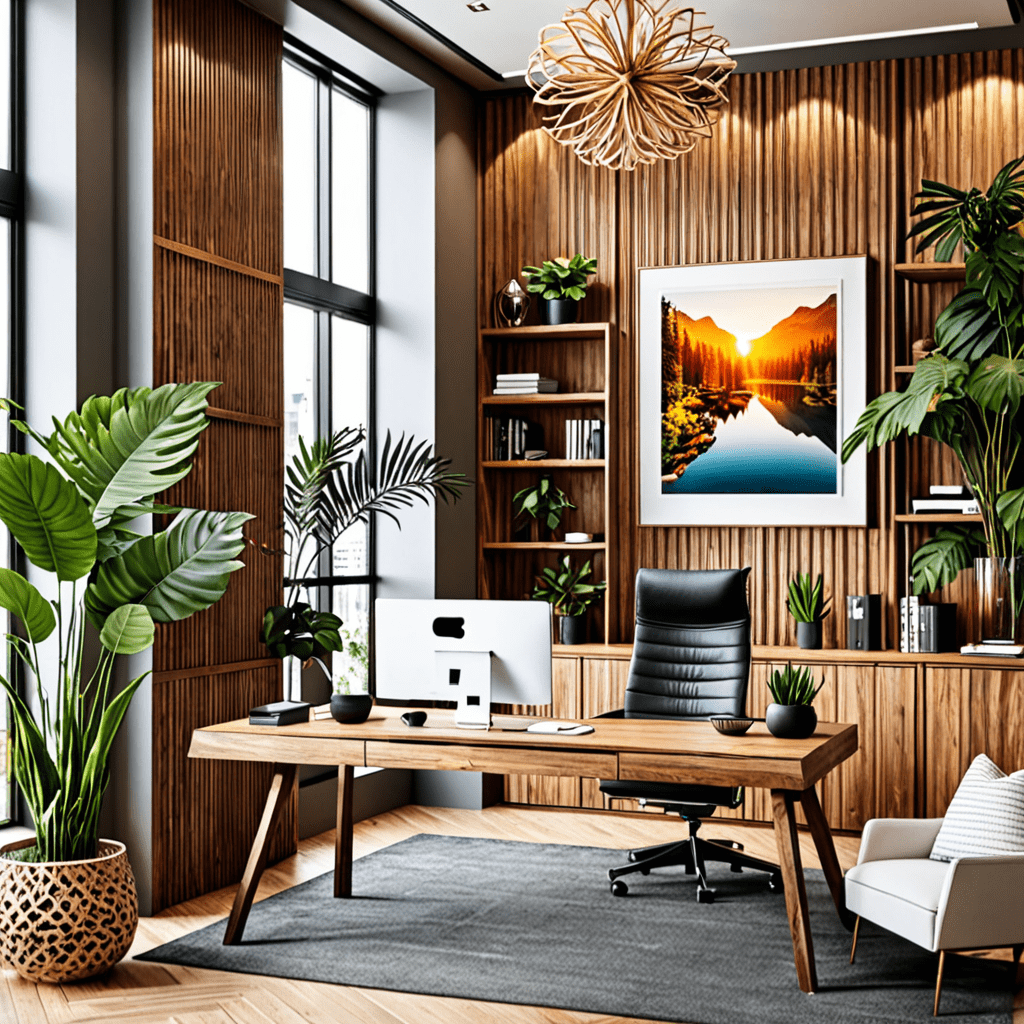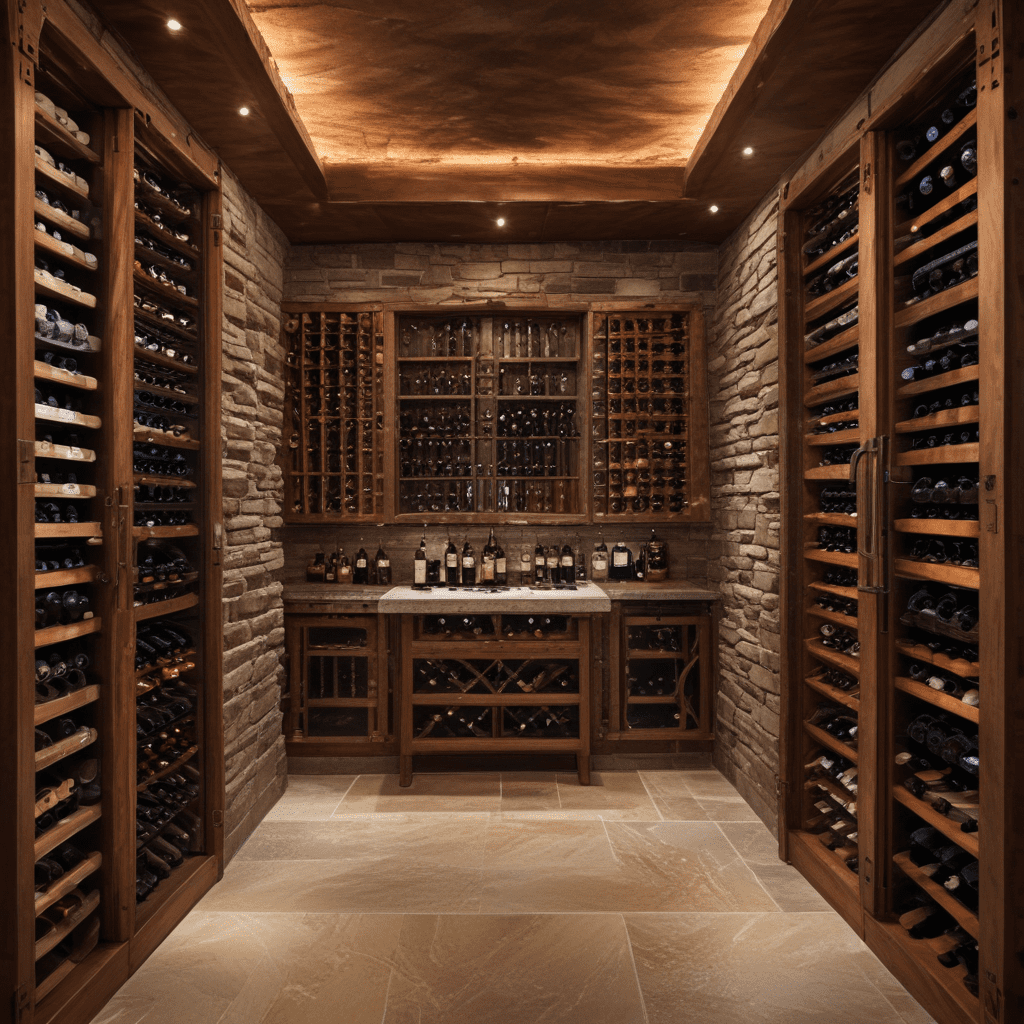How to Save Money and Energy with Energy-Efficient Lighting
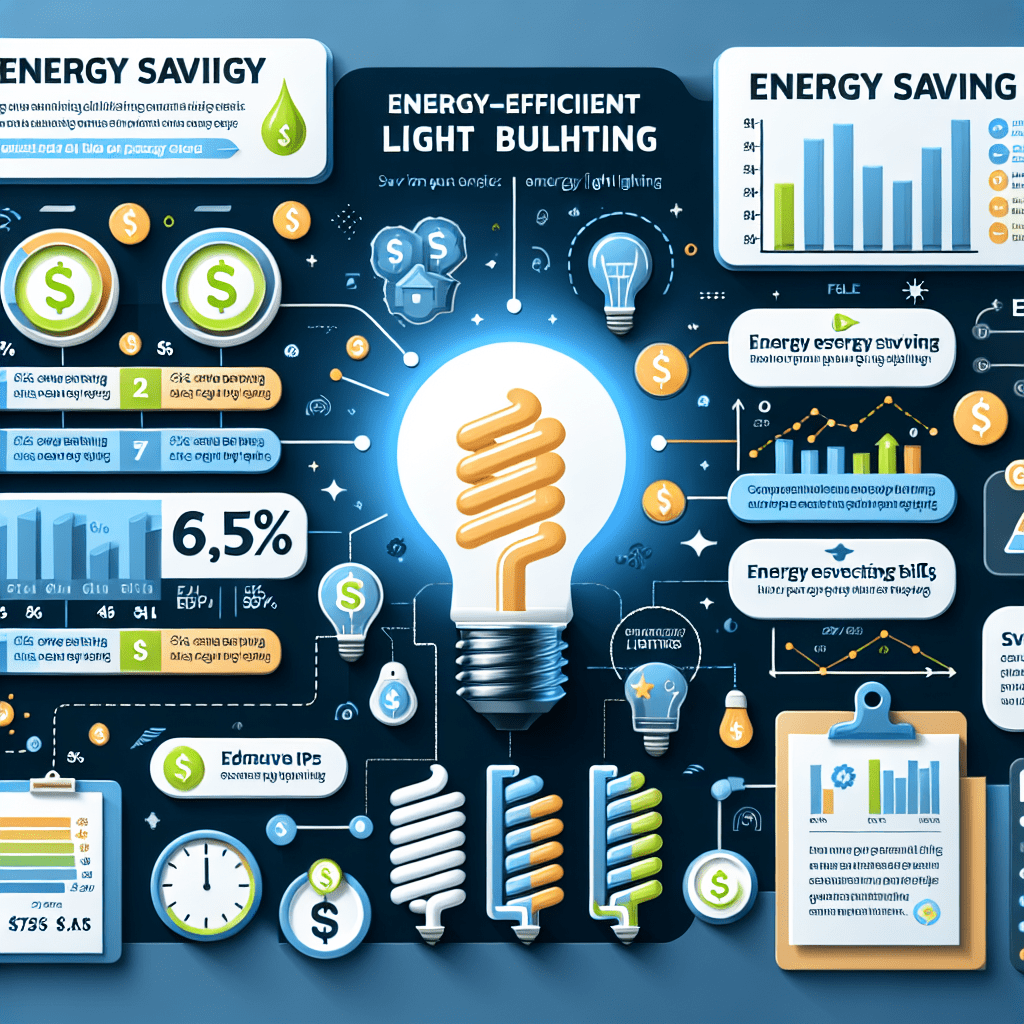

How to Save Money and Energy with Energy-Efficient Lighting
Interior design weaves together aesthetics and functionality to create spaces that are both beautiful and livable. Proper lighting is fundamental to this blend, serving as one of the most crucial elements that influence the ambiance, mood, and even the perceived size of a room. With the growing emphasis on sustainability, energy-efficient lighting has become a key focal point for both designers and homeowners looking to reduce their ecological footprint and save money on energy bills. This article explores the intersection of interior design and energy efficiency, offering practical tips for embracing energy-efficient lighting.
Introduction to Energy-Efficient Interior Design
The quest for a comfortable and visually appealing living space drives many to revamp their interiors, but what often gets overlooked is the role energy consumption plays in our homes. The integration of energy-efficient lighting is not just a smart financial decision; it’s a conscious step toward a more sustainable lifestyle. As we explore this topic, we aim to illuminate the myriad ways that energy-efficient solutions can enhance your space without compromising style or comfort.
Key Elements of Energy-efficient Lighting
When considering energy-efficient lighting, there are several design elements to keep in mind:
- Element 1: Light Bulb Selection
The right energy-efficient bulbs, such as LEDs, CFLs, and halogens, can significantly reduce your energy consumption while providing long-lasting light. Element 2: Color Temperature
Color temperature affects the feel of a space. Cool whites energize, whereas warm whites soothe—select a temperature that complements the room’s purpose.Element 3: Lighting Controls
Dimmers, timers, and smart systems offer control over light intensity and duration, further promoting energy conservation.Element 4: Layered Lighting
Combine task, ambient, and accent lighting to enhance functionality while minimizing wasted energy.Element 5: Natural Light
Harnessing sunlight through strategic window treatments and reflective surfaces can reduce reliance on artificial lighting during the day.
Tips for Energy-efficient Lighting
Optimizing your interior design for energy efficiency doesn’t mean sacrificing style or comfort. Here’s how to choose lighting that’s both functional and chic:
- Select High-Quality LED Bulbs
- Choose LEDs with a high lumen output and a color rendering index (CRI) that brings out the true colors of your interior.
- Incorporate Light Dimmers
- Installing dimmers gives you the flexibility to adjust light intensity based on the time of day or desired ambiance, reducing energy usage.
- Utilize Smart Lighting Solutions
- Embrace smart bulbs and systems that can be controlled remotely, set to schedules, and even adjusted based on occupancy.
- Combine Aesthetics with Efficiency
- Select lighting fixtures that are not only stylish but also designed to work optimally with energy-efficient bulbs.
- Maximize Natural Light
- Use mirrors and light-colored walls to reflect daylight deeper into your rooms, minimizing the need for artificial lighting.
FAQ about Energy-efficient Lighting
Q: How do energy-efficient bulbs compare to traditional bulbs in terms of cost and lifespan?
– A: Energy-efficient bulbs, especially LEDs, have a higher upfront cost but offer significant savings over time due to their longer lifespan and lower energy usage. They can last up to 25 times longer than traditional incandescent bulbs and use about 75% less energy.
Q: Can energy-efficient lighting really make a difference in my energy bill?
– A: Absolutely. By switching to energy-efficient lighting, you can significantly reduce the lighting portion of your energy bill, which can account for up to 15% of your total energy consumption.
Q: Is it difficult to switch to energy-efficient lighting?
– A: The transition to energy-efficient lighting is typically straightforward. Many energy-efficient bulbs are designed to fit existing light fixtures, making it easy to replace old bulbs. Additionally, the availability of smart lighting solutions makes it easier than ever to manage and optimize your home’s lighting.
Q: Can energy-efficient lighting be incorporated into any design style?
– A: Yes, energy-efficient lighting options come in a vast array of styles and designs, making them suitable for any interior design theme, from modern to traditional.
Q: How does the color temperature of lighting affect the atmosphere of a room?
– A: Color temperature has a significant impact on the mood and functionality of a space. Warm white light creates a cozy, inviting atmosphere, while cool white light is better suited for concentration and task-oriented areas like kitchens and home offices.
By incorporating energy-efficient lighting into your interior design, you can achieve both an aesthetically pleasing and environmentally responsible home. These lighting solutions offer a win-win scenario where you can enjoy a beautifully lit space while also contributing positively to the planet’s well-being and trimming your energy costs. As technology advances and more options become available, it’s clear that energy-efficient lighting will continue to be at the forefront of sustainable interior design trends.
